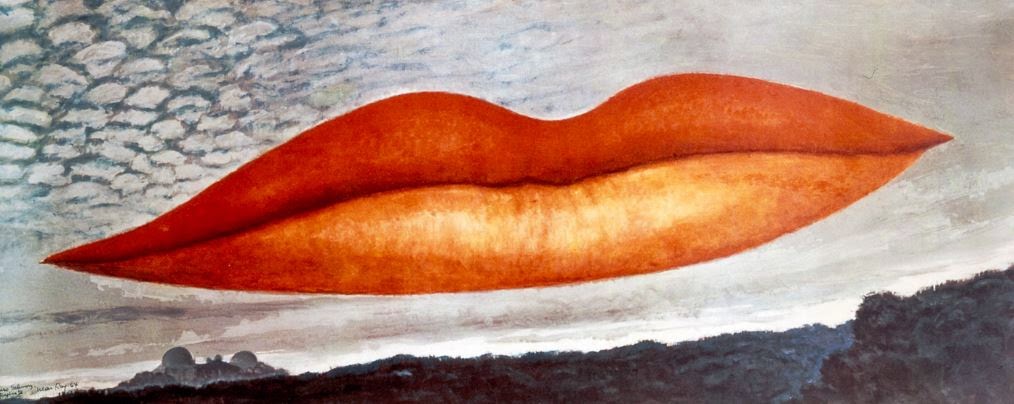Folie à deux
Folie à deux ( / f ɒ ˈ l i ə ˈ d uː / ; French pronunciation: [fɔli a dø] ; French for "a madness shared by two"), or shared psychosis , is a psychiatric syndrome in which symptoms of a delusional belief are transmitted from one individual to another. [ 1 ] The same syndrome shared by more than two people may be called folie à trois , folie à quatre , folie en famille or even folie à plusieurs ("madness of many"). Recent psychiatric classifications refer to the syndrome as shared psychotic disorder ( DSM-IV ) (297.3) and induced delusional disorder (F.24) in the ICD-10 , although the research literature largely uses the original name. The disorder was first conceptualized in 19th-century French psychiatry by Charles Lasègue and Jean-Pierre Falret and so also known as Lasègue-Falret Syndrome . [From Wikipedia: http://en.wikipedia.org/wiki/Folie_%C3%A0_deux ]









